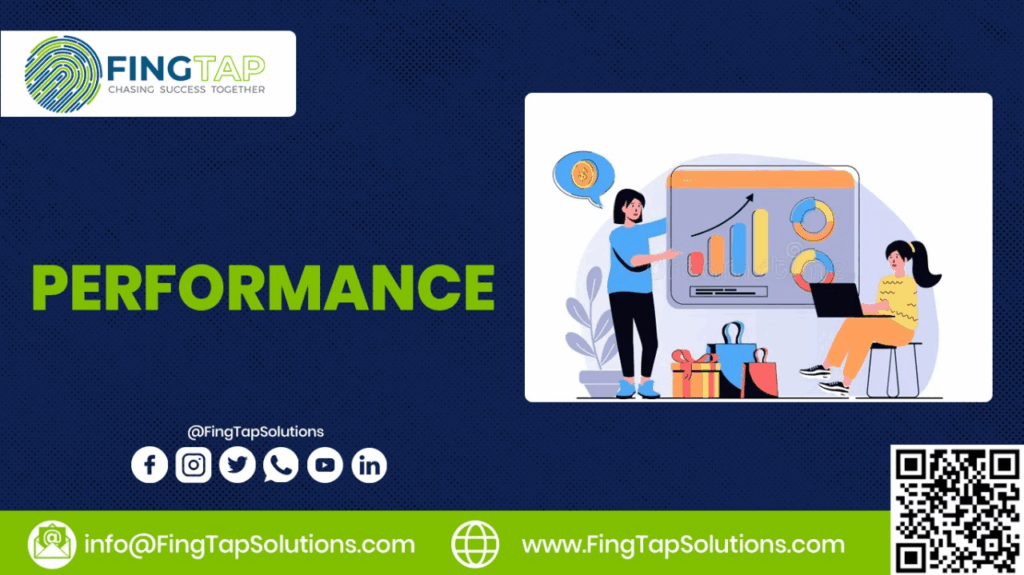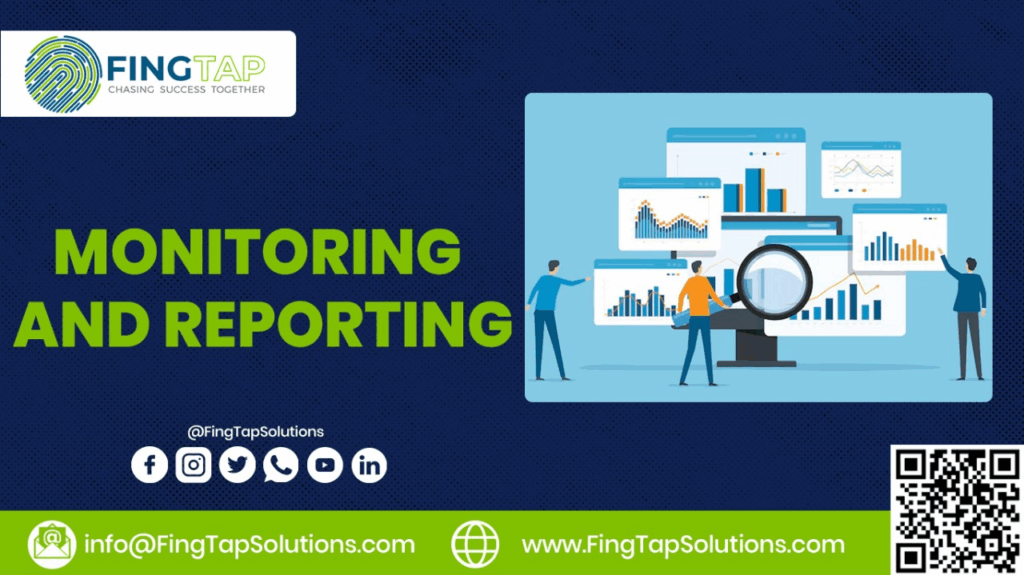INTRODUCTION:
Data centers are the backbone of the IT landscape, which serves as the backbone for a ministerial array of digital services and applications. These facilities have numerous characteristics that collectively improve their performance and overall functionality. In this exploration, we will examine the key features of data centers, considering security, scalability, and other key aspects of basic on-chain management.
Manageability:
The management of data centers is critical to operational efficiency. The management of data centers involves the visualization and integration of applications and services, including tasks such as service provisioning, resource allocation and monitoring, and the use of management systems and software tools. We streamline people, enabling administrators to effectively monitor and control operations. Collection service where entities share a common facility across the organization. resource management by optimizing infrastructure utilization and reducing costs It extends even more. Bad Platform as a Service simplifies application development and deployment. Provides a comprehensive platform for the entire lifecycle.
Availability:

Availability of data center and providing proper management is really important task to be performed at its compliance. Availability assures the existence of a facility is at your back up to perform its duties perfectly at a data center and it can facilitate you at your best performance backup, by managing and providing all the resources and updating for best practices running smoothly.
Security:
Security is very important in data center operations, so they have a strong and valuable nature. Cybersecurity measures are important to avoid digital threats. Firewalls are part of a comprehensive security approach adopted by data centers for encryption and intrusion detection systems to protect the privacy and integrity of data stored and transmitted. Ensure cloud-based data and services introduce security considerations, especially with increasing reliance on cloud computing to mitigate risks, and ensure that cloud service providers implement strict security protocols and compliance measures to build trust with customers. Security in this context is a collaborative effort between the data centre operator and the organisations that rely on their services.
Scalability:
With Resource Allow, data center services have the epitome of flexibility. It further increases the flexibility of service resources by allowing them to be connected to an in-permissive infrastructure. This approach enables organizations to seamlessly and cost-effectively scale their operations. Scalability is not just about accommodating growth; it also involves optimizing resource utilization. is to ensure that data centers operate efficiently even during periods of demand.
Performance:

Performance is an important feature that directly affects the user experience and the efficiency of data center operations. Dedicated servers, networking equipment, and storage systems are designed to provide high-speed and reliable services. The choice of migration and network design helps to achieve the desired level of redundancy. which demonstrates a facility’s ability to deliver optimal performance while reducing energy consumption.
Data Integrity:
Systems that implement redundant arrays of independent disk configurations Backup systems and data replication services Strategies to ensure data integrity Regular data backups and well-designed recovery plans are essential components of data integrity management. Natural hardware failures In the event of a disaster or cyber attack, these measures allow for quick data recovery and minimize the impact on ongoing operations for data center operators within their facilities.
Capacity:
Capacity planning is a fundamental aspect of managing data centers. It involves forecasting resource requirements based on the real-time growth of applications and services. Effective capacity planning ensures that data centers are Monitoring tools that play an important role in capacity planning and provide real-time insight into resource utilization and performance metrics. By testing these metrics, data center administrators can identify trends. and make informed decisions regarding resource allocation and expansion.
Monitoring and Reporting:

Active management requires continuous monitoring of the core business operations of data centers. Monitoring tools track various parameters, including server health, network latency, and storage utilization. They also provide real-time alerts and notifications to enable administrators to quickly respond to resources and enable the prevention of potential bottlenecks. Reporting mechanisms provide insight into data center operators. Scores enable analysis of events and improve utilization of issues. Reporting capabilities Plan resource allocation and baseline Assists in making informed decisions regarding infrastructure migration. Monitoring and reporting Key wait for sentiment. Ensures the data center functions properly and meets server-level agreements established with clients.
Provisioning:
Automation plays an important role in streamlining the entire provisioning process and eliminating the manual effort required. Through automation, data center operators can ensure fast and efficient resource allocation, increasing facility agility and responsiveness.
CONCLUSION:
Finally, the data center is a complex ecosystem that integrates various components and features to provide reliable, secure, and scalable services. must be done to increase efficiency, reduce impact, and meet the ever-increasing expectations of businesses and customers. Forms the foundation of a responsible data-centric ecosystem.
What is a data center?
A data center is a facility used to house computer system servers and their associated components such as telecommunications and storage systems.
What are the key components of a data center?
The key components of a data center include servers, networking equipment, storage systems, power infrastructure, link systems, and fast steps. These components work together to ensure the efficient and secure operation of a data center.

